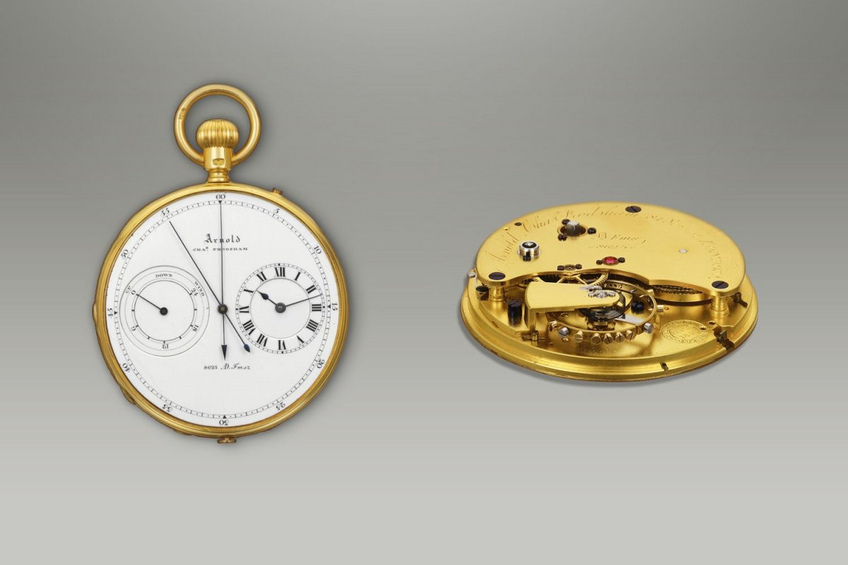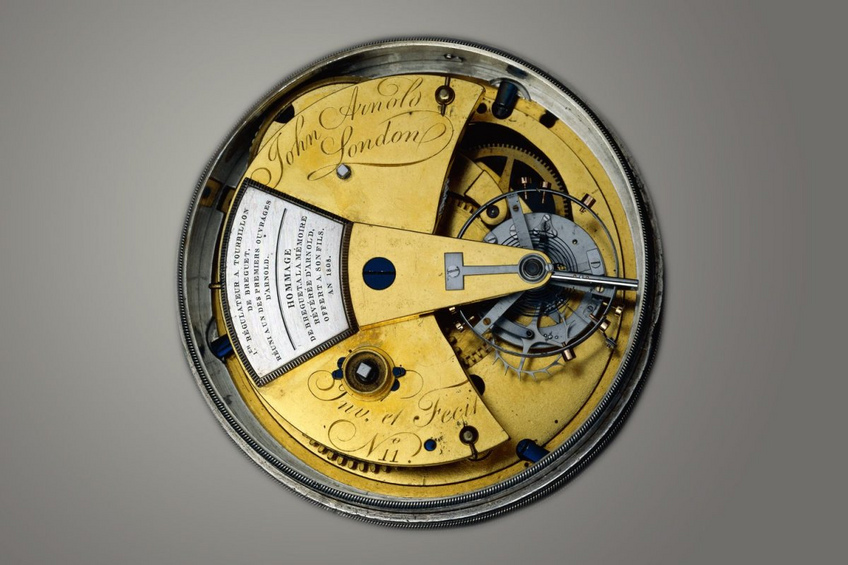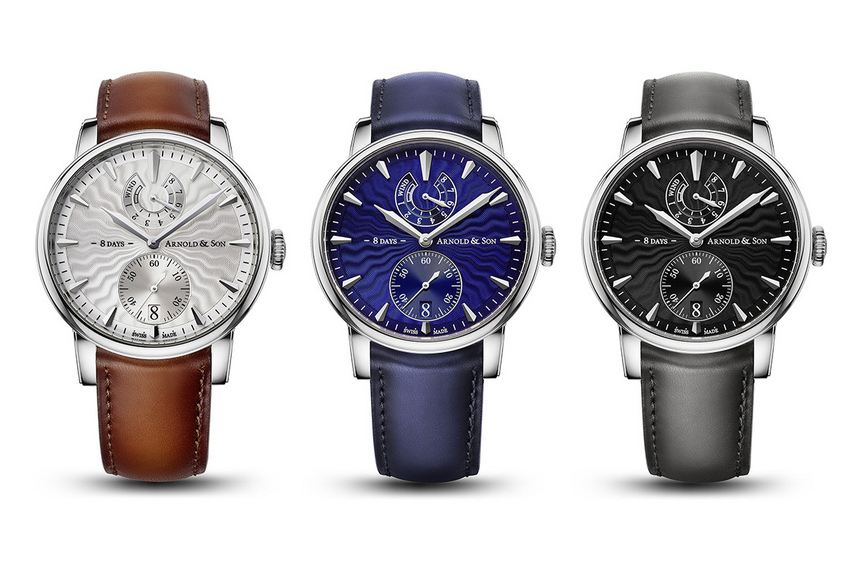

British watchmaking: a temporal Brexit
Seeing as over 50% of the British population have expressed their will to leave the European Union, we focus on the nation whose largely unknown watchmaking skills are actually mainly Swiss. Brexit after all?
It wasn't by a stroke of luck that watchmaking reached Britain in 1714. In fact, after the shipwreck of a number of Crown ships, the British Parliament encouraged the government and Queen Anne to pass a law that promised £20,000 to anyone who could find a reproducible way to calculate longitude at sea. Whilst there were some brilliant watchmakers and scientists in London at the time, the most well known is George Graham. Born in Gratwick (Cumberland) in 1675. He was the apprentice of Henry Aske (who was in turn trained by Edward Norris) and Thomas Tompion (active from 1671 to 1713 and pioneer of the cylinder escapement). In 1725, upon expiry of the patent filings of Booth, Houghton and Tompion, brilliant watchmaker Graham modified the cylinder escapement to a shape that remains almost the same nowadays.
First generation of expatriate celebrities
Being a cultivated person who liked sharing knowledge, Graham shared his discoveries with watchmakers on the continent such as Julien Le Roy, to whom he sent a piece of his assembly equipped with a cylinder escapement in 1728. But it was Ellicott, the British watchmaker whose name is today inscribed on the pediment of the workshops in La Chaux-de-Fond (Switzerland), who changed it to its definitive shape.
The name of George Graham, watchmaker, expert astronomer and member of the Royal Society from 1720, is today that of a Swiss brand with a British watchmaking legacy. As such and to commemorate the development of the first instrument for measuring time fractions in its own way, the brand decided that its flagship model would be a chronograph with a powerful design and an unprecedented starting mode.

Overshadowing his expat status
Among the names that are out of the limelight and date back to the great era of marine chronometers, we find Larcum Kendall. It is now the name of a company that made its debut at Baselworld 2015.
The brand also claims the title of marine chronometer-maker and watchmaker, and contrary to what one may think, its pieces are produced in the Swiss Jura mountains rather than in Britain. Yet, in 1769, the watchmaker created the K1 for the "Bureau des Longitudes" for Captain Cook to take with him. The piece was a perfect reproduction of the H4, a marine chronometer created by John Harrison in 1765.

Could Larcum Kendall have met Ferdinand Berthoud in London when the latter was established there in 1763? He may not have met the Swiss, or Frenchman at heart (to the point that he got involved in the Revolution) who was at the time living in Paris. But he certainly met John Arnold (1736-1799) who had just started his career as a chronometer-maker in London after Kendall moved to Devereux Court, Strand in 1762. John Arnold's name was used for the brand Arnold & Son almost twenty years ago –though a British-born brand, it is also an adoptive child of the Jura. The same goes for Thomas Mercer, founded in London in 1858 by the eponymous watchmaker and relaunched in Switzerland mid-2012.
The name behind Big Ben
Establishing watchmaking production in Great Britain was a way to pay tribute to the skillful chronometer-maker whose name was affixed on the dials of the original instruments inspired by his creations. That is exactly what Dent –famous for having made the clock of Big Ben –did. The brand was established by Edward J. Dent in London in 1814 and specialized in clocks and marine chronometers. In 2016, the brand is still producing watches for the range that it created in 2008, that is limited-edition wristwatches assembled in England and equipped with Dent-produced calibers.

The George Daniels legacy
Another watchmaker who made an imprint in history is the renowned George Daniels. During the 1980s and 1990s, the late British watchmaker contributed greatly to watchmaking with his deep understanding of pedagogy, his skill for gathering information about watchmaking, and by creating new vocations that most independent watchmakers have embraced, including those from England such as Peter Speake-Marin or Stephen Forsey.
Nowadays, these artists whose names have developed into real brands, honor his memory because his attachment to watchmaking and his efforts to save crafts and create new ones made Daniels both a prolific inventor and a guardian of traditions that he also managed to pass on.
He was a staunch citizen of the world, but also a patriot and very attached to the work of England-based master watchmakers. He would certainly have viewed the much-debated Brexit as a decline in the globalization of knowledge sharing. Incidentally, his work is immortal since it has inspired so many imitators who, aware of the importance of diversity, do not all work in Switzerland. For example, Roger W. Smith followed in the footsteps of the admirable and prolific man and went about producing his watches in the heart of the Isle of Man, the very place where Daniels once established his workshops.






